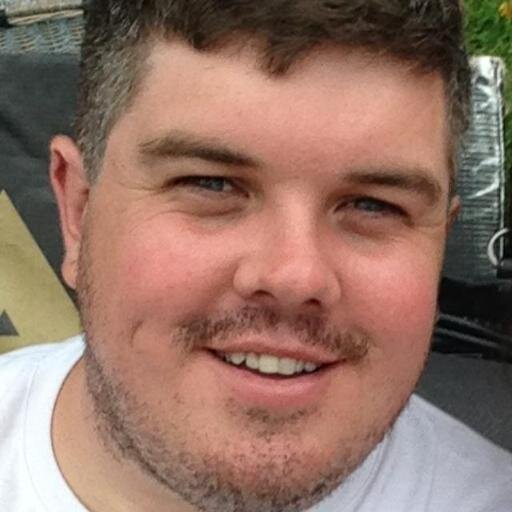It’s official: the AFL experiment in western Sydney is dying.
Rubbish, many will say, pointing to long-term goals and the need to build support over years, even decades.
But the truth is that the Greater Western Sydney Giants have caused hardly a ripple on the sporting landscape of Sydney, except to provide a few laughs at some of the scorelines they were on the wrong end of during 2012.
Now, Israel Folau – whose signing back in 2010 was described as a coup for the AFL by the code’s boss Andrew Demetriou – has quit the club after one season in the top grade, and will most likely return to rugby league.
Back when Folau switched codes, the talk was all about the AFL scoring a major victory in an apparent “war” between the AFL and the NRL.
The war, despite being at times hyped by NRL clubs in the west including Penrith, has never really eventuated. Many say the Folau experiment was all about marketing and it worked, but I find that all hard to believe.
After all, whilst Folau was born in western Sydney, he made his name as an NRL player for Melbourne and Brisbane, and played for Queensland in the State of Origin series. He was hardly a pinup boy for rugby league in New South Wales, let alone western Sydney. Nobody in Sydney ever cared that Folau switched codes.
Truth is all the Folau experiment ever achieved was placing a huge question mark over the integrity of the AFL, given they handed over plenty of cash to a young rugby league star who had never played a competitive game of AFL.
Rugby league has been through bigger problems than Israel Folau defecting. In fact, this issue was a walk in the park. AFL in Sydney has its own problems with a report under the heading ‘Western Sydney – The Reality versus Perception Gap’ suggesting that the AFL’s boasting of increases in participation numbers in Sydney’s west is misleading.
The report says that junior club maturity and participation numbers appear to have stalled, with the perception that the game is growing helped by the masking of the true numbers with Auskick numbers and school program numbers. Such programs should not be considered as true AFL participation.
Truth is, Greater Western Sydney will never, ever be a success, because it will struggle to attract crowds and members not only because of poor results in its early seasons, but because of its location.
Despite all the chest-beating about representing people in the greater west, the Giants will play seven of their home matches at Skoda Stadium in Homebush next season. Three matches will be played in Canberra, and one will be played at ANZ Stadium.
I don’t know about you but I’ve never really considered Sydney Olympic Park or Homebush as Greater Western Sydney and I struggle to see how the Giants will ever really forge strong fan followings in places like Parramatta, Blacktown and Penrith when the club really has no affinity with those areas at all.
Sporting clubs build into major success stories when they have a community truly behind them; in essence, the team becomes the community’s flag bearer.
The AFL will continue to pour money into GWS but my crystal ball tells me that at some point, the whole thing will be considered a dismal failure. Meanwhile, the real sport that is threatening rugby league in the greater west of Sydney is soccer, with the A-League producing incredible crowds and support this year.
The Western Sydney Wanderers have based themselves in Parramatta, a suburb that is easily identified as being in the greater west.
Their entrance into the sporting landscape of this region may not have been as grand as the Giants, but they must have done something right, because one feels the impact they are having is much greater than that of the AFL, which needs to go back to the drawing board and consider whether western Sydney really is worth the effort.

